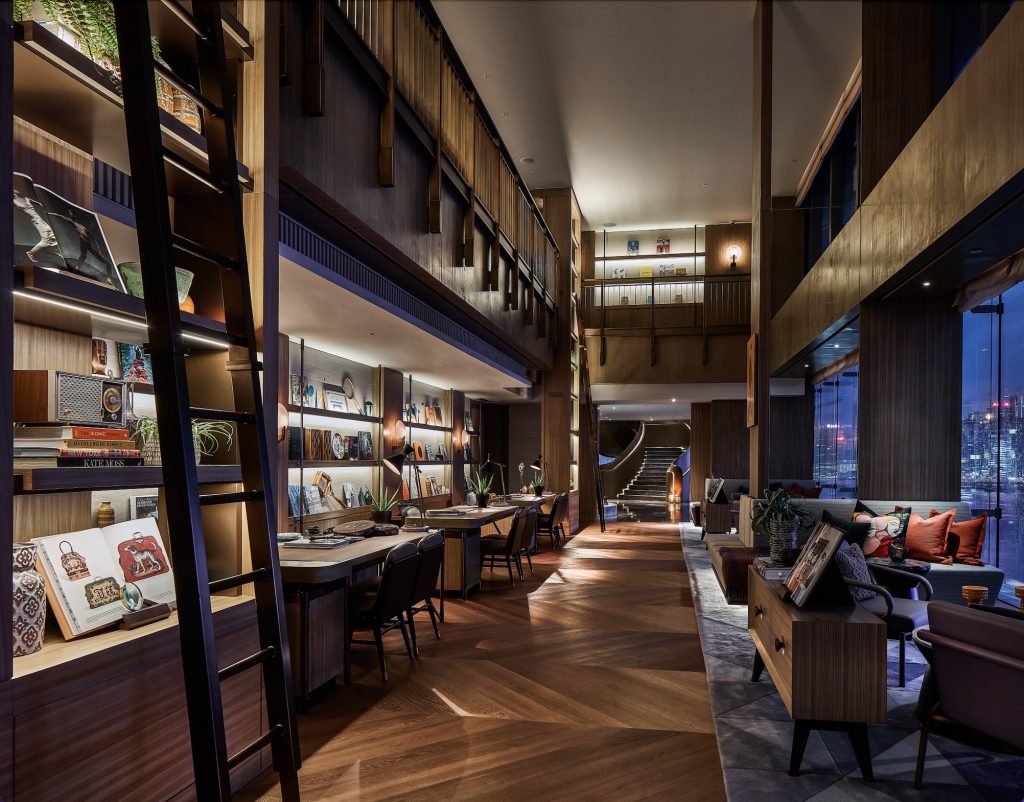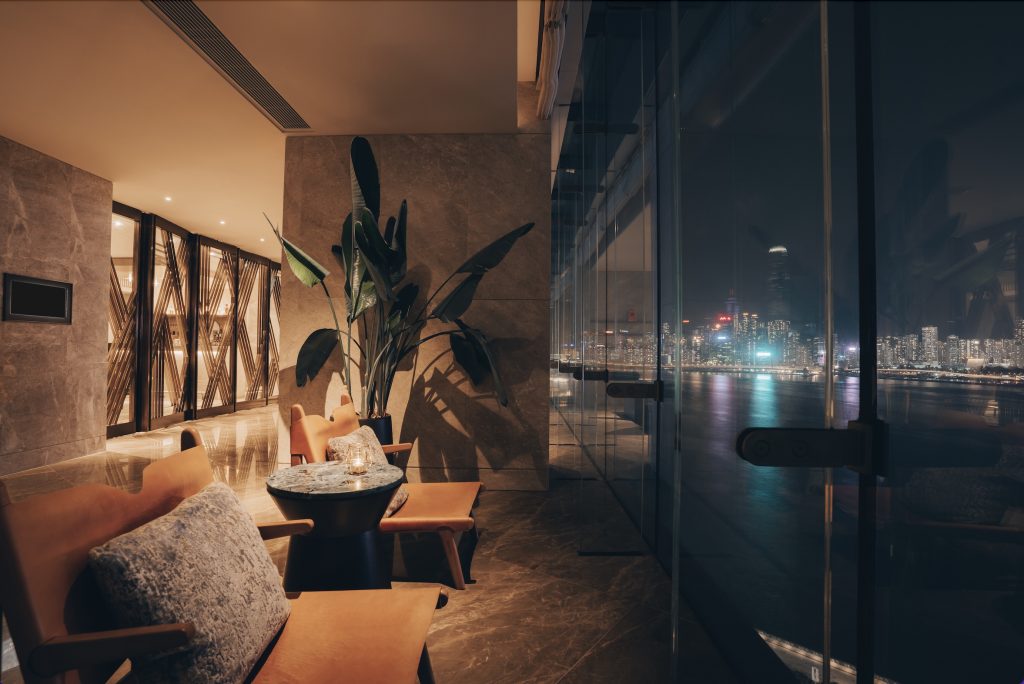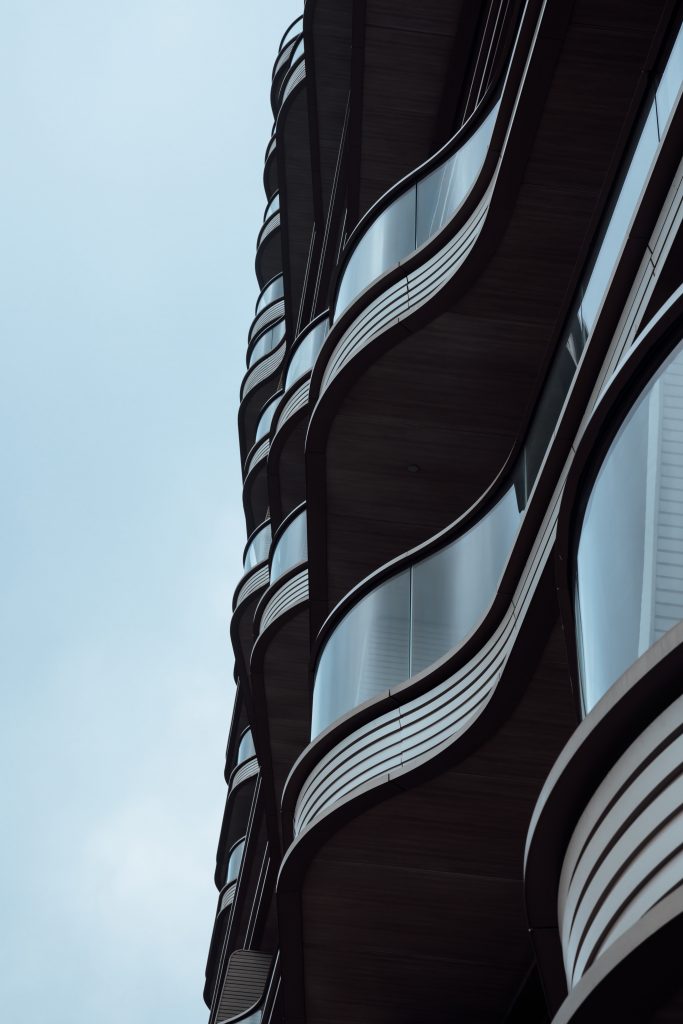K11 Artus general manager Cecilia Lo shares the inspiration and philosophy behind the luxury residence’s “artisanal home” concept
Cecilia Lo had worked across many aspects of the hospitality industry before taking up the role of general manager at K11 Artus, but nothing quite prepared her for the unique vision and concept spearheaded by New World Development CEO Adrian Cheng. Shifting from a full-service hotel to a luxury residence driven by art, people and nature – amidst the pandemic and Hong Kong’s social movement, no less – has been a journey of discovery not only from a logistical and management perspective but also in learning the true meaning of hospitality. She tells us more about K11 Artus and what it means to create “a new paradigm in luxury living”.

What does the “artisanal home” concept mean and what’s the philosophy behind it?
A lot of it is driven by Adrian’s quest for perfection and his belief that beauty is not something that can simply be bought. Beauty shouldn’t be limited to nice-looking things, but should also be in the way we carry ourselves, how we interact and care for each other.
Because of Covid a lot of [the art-related initiatives] were sort of intermittent or starting then stopping. So we try to activate things we want to inspire from the very beginning. A lot of residents feel relieved as they enter. I don’t know if you noticed, but the lighting at the main door of the west lobby is slightly darker and dimmer. The music is very calming. So we start with the eyesight, how the contrast in light makes the brightness larger.

What else makes this concept unique?
When it comes to Artisans, in the beginning when we were hiring, quite many said they didn’t know art. What does it really mean to know art? Is it whether you can tell me how much a Picasso was sold for? I don’t think so. Art can be an attitude. Here, we try to master and refine the art of being a good host.
I think guest services, to a certain extent, is a kind of art. The traditional concept of service has evolved, we’ve changed to doing through observation, through intuition, and this is the hardest thing to master. It takes time. I am grateful that many colleagues have that intuition, to read the moment – like “I think she needs a napkin” – preferably before the client even speaks.
As for guests, there are some who I never thought would stay here. I remember one who stayed a few times, and he would always pick the harbourview side, a low floor, so that he could feel like he’s on a cruise that has just docked at the next port. Everybody has their own way of using this space. This is what Artus was created to be. We want you to feel safe and comfortable, and we don’t offer cookie-cutter service. We’re also as personal as the guests allow us to be.

K11 Artus hopes to preserve and conserve fast-disappearing Chinese craftsmanship. Why is that important?
Honestly, before I came here, Chinese crafts seemed so remote to me. I thought, “Why? It’s just a vase.” But when you start digging into the craftsmanship, it’s actually so much more. For example, if you really study bai bao qian (inlay lacquer work) and how they chose the precious stones and shells, how they laid them in – they didn’t use adhesives; the indent is perfectly chiseled so the stones just fit – you realise their craft just wasn’t properly presented before. The K11 Craft & Guild Foundation is a platform that does not only donate money to these artisans creating bai bao qian and guangcai (Cantonese porcelain), they’re trying to educate the general public to be more aware of their work. It’s about awareness and appreciating craftsmanship, and not relying on machines. I think when it comes to hospitality, it’s also the art of service, or empathy.

What are some of the highlighted art pieces that will be displayed at K11 Artus?
One is called …or…No.1. This magnificent wooden sculpture is by established Chinese artist Wang Jianwei, whose highly experimental and conceptual practice examines the structures of time and the contact between art and social reality. His work can be found in the collections of top international institutions such as the Museum of Modern Art and Guggenheim in New York. You can see the way sunlight shines on to the work and the way the polished surface deflects it. If you look closer, you see the details of metal work, seemingly still in the process of being made. The lack of contextual body makes the work very visual and rather formalist – suggesting no beginning and no end, just like the rhythmic ocean waves and our iconic wave-form balconies.

What about K11 Artus interests and inspires you?
Our leadership team for Artus is aware that we are entering the second half of the first five years [since we opened]. We hope that Artus is a sophisticated brand and also one that offers inspiration. We don’t want people to stay here only for the balcony, the seaview or the looks but because when they spend money here they know a part of that revenue goes back to the K11 Craft & Guild Foundation to promote the art and craftsmanship we’ve talked about. So deep down they know they’ve made a contribution to a purpose.
Let’s see how things unfold in the next 2.5 years. We have a lot of ideas. Just as the bad times will have to end, so too will the good times. So you just need to be positive and accept change gracefully, because change is the only constant in life. Just embrace it and then keep your head up and move forward.
Also see: K11 Artus: No place like home























































